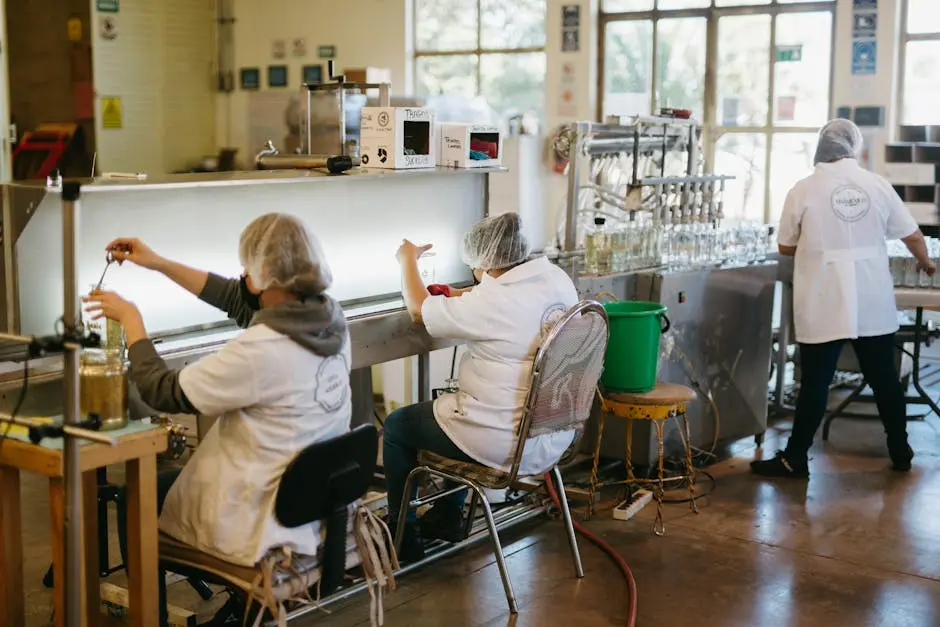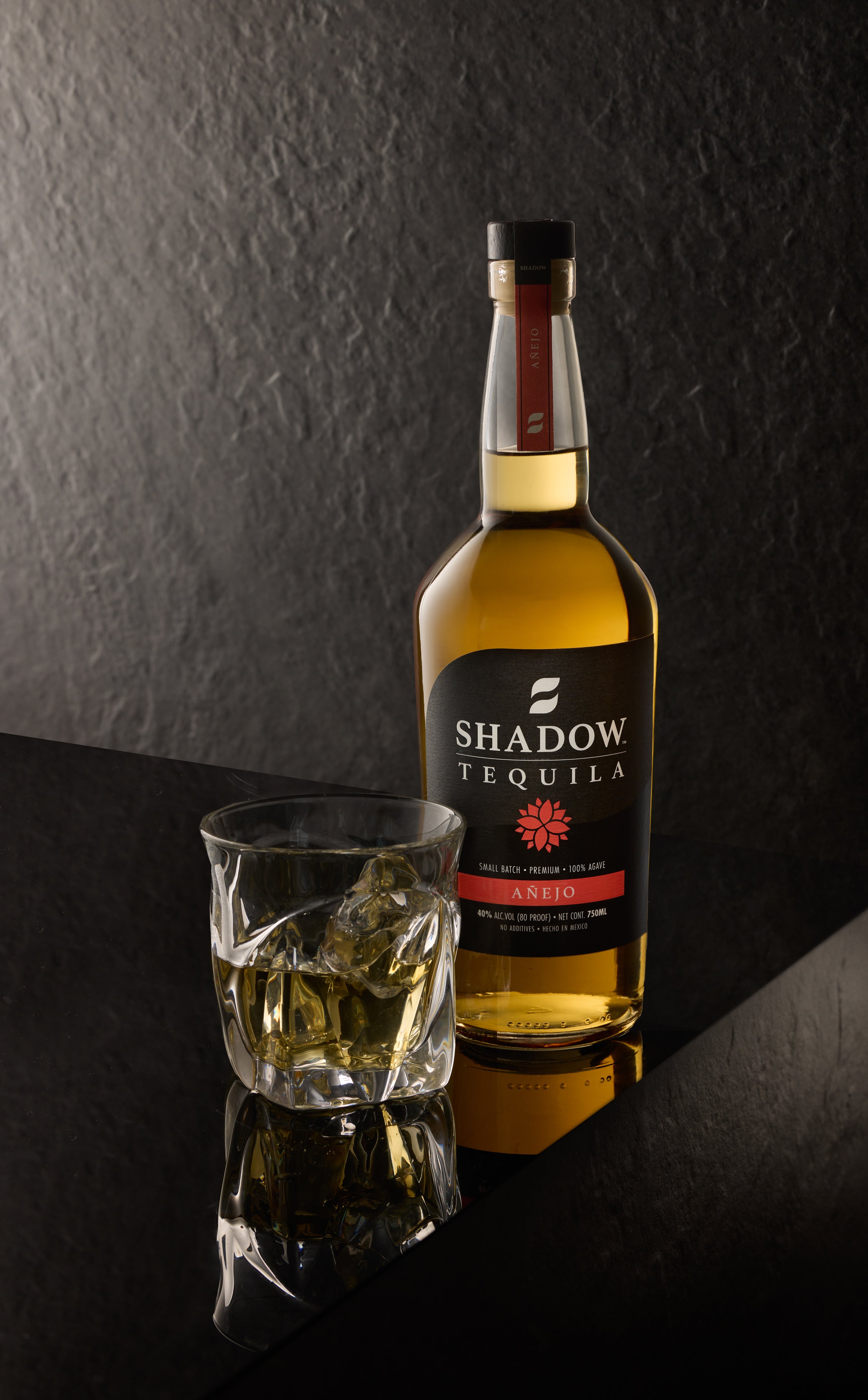Tequila is more than just a popular drink; it’s a rich tradition rooted in Mexican culture. Understanding how tequila is crafted will help you appreciate its complex flavors and the artistry behind each bottle. Let’s dive into the fascinating process of tequila production.
Step 1: Harvesting the Agave
The journey of tequila begins with the blue agave plant, which takes about 7-10 years to mature. Skilled harvesters, known as jimadores, carefully remove the plant’s leaves to reveal the piña, the core used to produce tequila.
Harvesting agave is both an art and a science. Each jimador uses a special tool called a coa to slice through the leaves with precision. This technique ensures that the piña remains intact, which is crucial for the next steps in the crafting process.
The careful attention during harvesting not only affects the quantity of tequila produced but also its quality. A well-harvested piña contains more of the sugars necessary for fermentation, making this initial step vital.
Step 2: Cooking the Piñas
After harvesting, the piñas are cooked in large ovens or autoclaves. Cooking transforms the complex carbohydrates into fermentable sugars, a vital step in the tequila-making process.
The cooking process usually lasts around 24 to 48 hours. The heat breaks down the fibers of the agave, making the sweet sap more accessible. This step is essential for unlocking the unique flavors of each batch of tequila.
Some distilleries even use traditional stone ovens, known as hornos, to prepare their piñas. This method is believed to impart a more authentic flavor profile, contributing to the spirit’s overall complexity. The choice of cooking method directly influences the character of the final product.
Step 3: Fermentation
Once cooked, the piñas are crushed to extract the agave juice, which is then mixed with water. Yeast is added, initiating fermentation. This process can take several days, turning sugars into alcohol.
Fermentation is where the magic truly happens. The yeast consumes the sugars in the agave juice, producing alcohol and a range of subtle flavors and aromas that will define the tequila. This period can last anywhere from a few days to a couple of weeks, depending on the desired characteristics.
During fermentation, some distilleries use natural wild yeasts, while others opt for cultivated strains. Each choice leaves a unique fingerprint on the flavor profile of the tequila. It’s fascinating how this seemingly simple step can lead to such complex results!
Step 4: Distillation
The fermented liquid is distilled, usually twice, to purify the alcohol and enhance its flavor. The distillation process is crucial for achieving the desired purity and alcohol content of the tequila.
The first distillation, known as ‘destrozamiento,’ separates the alcohol from impurities and non-fermentable materials. The second distillation, or ‘rectification,’ refines the spirit further, achieving the smoothness characteristic of high-quality tequila.
Each distillation contributes to the overall flavor profile of the tequila. Whether it leans toward a clean, crisp finish or a more robust, complex taste often depends on the distillation methods used. Master distillers carefully monitor each step, paying attention to temperature and timing to perfect their craft.
Step 5: Aging
After distillation, tequila can be bottled as blanco (unaged) or aged in barrels for several months to years. Aging adds complexity and depth to the flavor, creating varieties like reposado and añejo.
The aging process allows tequila to mature in wooden barrels, typically made from American or French oak. Over time, the spirit interacts with the wood, acquiring notes of vanilla, caramel, and spice.
Interestingly, the aging environment can significantly affect the outcome. Factors such as temperature, humidity, and even the location of the barrels can influence the final product’s flavor and aroma. This step transforms tequila from a simple spirit into a sophisticated drink!
Step 6: Bottling and Enjoying
Finally, the tequila is filtered and bottled. Each bottle represents the unique craftsmanship and tradition involved in its creation. Now, it’s ready for you to enjoy!
Bottling is often the last chance for distillers to ensure quality. They may filter the tequila to remove any impurities before sealing it in beautifully designed bottles. Each label tells a story, reflecting the passion and dedication of the artisans behind the product.
As you pour a glass of tequila, take a moment to appreciate the intricate journey it has taken. From the agave fields to the distilleries, and finally to your glass, there’s a world of expertise behind each sip. Cheers to the artisans who bring this beloved spirit to life!
Wrapping Up the Art of Tequila Crafting
In summary, the crafting of Mexican tequila is a meticulous process that begins with the agave plant and ends with the perfect sip in your glass. From harvesting to distillation, each step plays a crucial role in creating the distinct flavors we love. Next time you enjoy a margarita or a shot of tequila, you’ll have a deeper appreciation for this remarkable spirit.







